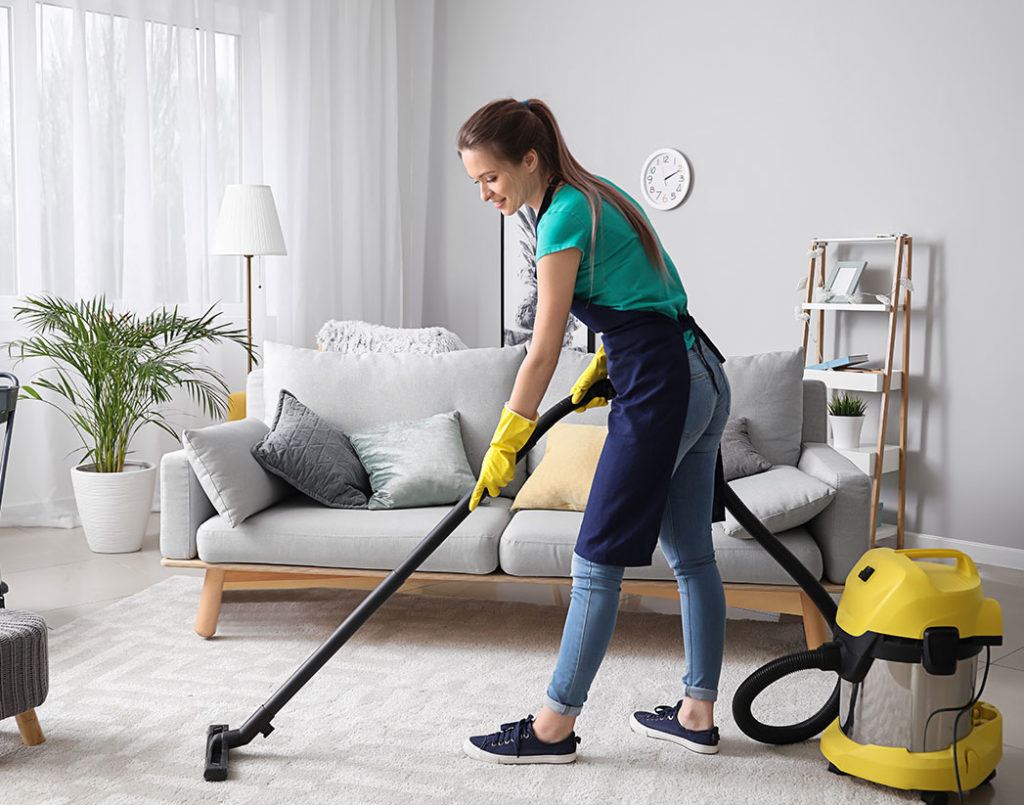Accomplish a Cleaner Home with These Everyday Cleaning Tips: Defrosted and Cleaned Every Few Months and Even more
Recognizing the Requirement for Extensively Sanitizing and Disinfecting Frequently Touched Surface Areas in High-Traffic Locations
In the realm of public wellness and safety, the careful sanitation and sanitization of frequently touched surface areas in high-traffic locations stand as critical procedures in avoiding the spread of dangerous pathogens. The relevance of this technique extends much past mere tidiness, diving into the realm of condition prevention and neighborhood health. By exploring the numerous facets of surface area sanitation, from the risks linked with neglecting cleaning protocols to the effective techniques that can be used, a more clear understanding arises of the vital role these methods play in securing public wellness. As we browse this conversation, it comes to be noticeable that the implications of extensive surface area sanitation resound not just within the confines of a certain atmosphere but additionally resonate on a broader scale, impacting the health and safety of individuals throughout varied public setups.
Relevance of Surface Area Sanitation
Highlighting the extensive disinfection of high-traffic surface areas is important in maintaining a sanitary atmosphere and preventing the spread of unsafe microorganisms. High-touch surfaces such as door manages, light switches, lift buttons, and kitchen counters work as reproducing grounds for infections and bacteria. Routine sanitation of these surfaces is vital to reduce the danger of contamination and transmission of illnesses.
By carrying out a robust disinfection method, institutions and services can create a much safer setting for site visitors, consumers, and employees. Appropriate surface area sanitation not just mitigates the spread of contagious illness yet also instills confidence in the sanitation and safety and security of the premises. This proactive method shows a dedication to wellness and health, which is particularly essential in high-traffic locations where the probability of direct exposure to virus is heightened.
Furthermore, surface disinfection plays a critical duty in overall infection control techniques. Integrated with hand hygiene methods, using masks, and keeping physical distancing, thorough disinfection of high-touch surfaces forms an extensive defense against the transmission of damaging bacteria. Prioritizing surface disinfection is a vital element of a holistic approach to health and wellness in common rooms.
Dangers of Ignoring Cleaning Practices
Neglecting comprehensive disinfection of high-traffic surface areas dramatically increases the danger of bacterial and viral contamination, posturing a severe danger to the health and wellness of people often visiting these areas. Failing to implement proper cleaning techniques can bring about the buildup and spread of hazardous microorganisms, including microorganisms and infections, on frequently touched surfaces such as doorknobs, hand rails, elevator switches, and counter tops.

Additionally, overlooking the value of detailed cleansing not just jeopardizes the well-being of individuals but also threatens initiatives to maintain a tidy and hygienic environment. It is critical to recognize the significance of proper disinfection protocols in preventing the spread of infections and securing public health.
Efficient Disinfection Methods
To keep optimal sanitation and decrease the risk of contamination on high-traffic surface areas, utilizing reliable sanitation approaches is vital. One of one of the most typical and efficient sanitation methods is utilizing chemical anti-bacterials. These products can differ in toughness and composition, with some targeting details pathogens like germs or viruses. It Source is critical to comply with the supplier's instructions for appropriate dilution, get in touch with time, and air flow when utilizing chemical anti-bacterials to guarantee their performance - Everyday cleaning.
An additional efficient approach is using UV-C light. UV-C light has actually been revealed to be effective in killing a broad variety of microbes by disrupting their DNA structure, hence stopping them from duplicating. Nevertheless, it is necessary to utilize UV-C light effectively, making certain that the right strength and direct exposure time are related to achieve the desired disinfection outcomes.
Additionally, utilizing vapor cleansing as a sanitation approach can be highly effective, particularly on surface areas that are heat-resistant. Steam can permeate porous surfaces and eliminate germs, infections, and other microorganisms successfully. When using vapor cleaning, it is essential to make sure that the surface gets to the called for temperature level for a sufficient amount of time to assure appropriate sanitation.
Effect On Public Health And Wellness
The maintenance of high requirements of tidiness and sanitation on high-traffic surface areas plays an essential role in protecting public health and wellness. Regularly touched surface areas in locations with high tramp, such as doorknobs, hand rails, lift switches, and toilet centers, offer as reproducing premises for unsafe pathogens.
Effective sanitation practices not only protect people from falling ill yet additionally add to the total health of culture. Public health and wellness authorities highlight the value of preserving clean environments to avoid outbreaks and contain the spread of ailments. In high-traffic locations like airport terminals, institutions, healthcare facilities, and public transport systems, the effect of rigorous sanitation procedures can not be downplayed. Focusing on the sanitization of often touched surface areas is an aggressive strategy to advertising public health and enhancing the safety and security of people in shared rooms.
Executing Regular Cleaning Up Protocols
Without delay setting up and adhering to a regular schedule of cleansing protocols is extremely important for maintaining the sanitation and safety of high-traffic surface areas. Regular cleansing protocols are necessary in avoiding the build-up of germs and microorganisms on regularly touched surfaces, specifically in areas with high foot web traffic. By applying a methodical strategy to cleaning, organizations can properly reduce the danger of disease transmission and create a much healthier setting for employees, clients, and the public.
To develop an effective cleaning routine, it is critical to identify high-traffic websites areas that need constant focus. These areas may include doorknobs, hand rails, lift switches, restroom facilities, and shared devices. Applying a regular cleaning regimen that targets these surfaces multiple times a day can significantly minimize the spread of unsafe microorganisms and infections.
Moreover, utilizing suitable cleaner and disinfectants is essential to making sure that surface areas are completely sterilized. Routine training of cleaning up personnel on appropriate cleansing methods and the value of adherence to the cleaning routine is also important in maintaining a hygienic environment. By focusing on regular cleansing methods, companies can promote the health and well-being of people that engage with these high-traffic surface areas.

Conclusion
In conclusion, it is crucial to focus on complete disinfection and sanitization of frequently touched surface areas in high-traffic locations to avoid the spread of damaging pathogens and keep public health and wellness. It is vital to recognize the relevance of maintaining tidy surface areas in high-traffic areas to make certain the wellness of the area.
In the world of public health and wellness and safety, the careful disinfection and sanitization of regularly touched surfaces in high-traffic locations stand as vital measures in preventing the spread of dangerous microorganisms. By discovering the different elements of surface sanitation, from the dangers linked with overlooking cleansing procedures to the reliable techniques that can be used, a clearer understanding arises of the vital function these techniques play in securing public wellness.Additionally, using steam cleansing as a sanitation method can be extremely effective, particularly on surface areas that are heat-resistant. When using heavy steam cleansing, it is important from this source to make sure that the surface area reaches the needed temperature level for a sufficient amount of time to ensure correct disinfection.
In final thought, it is vital to prioritize extensive sanitation and sanitization of frequently touched surfaces in high-traffic areas to stop the spread of harmful pathogens and preserve public wellness.